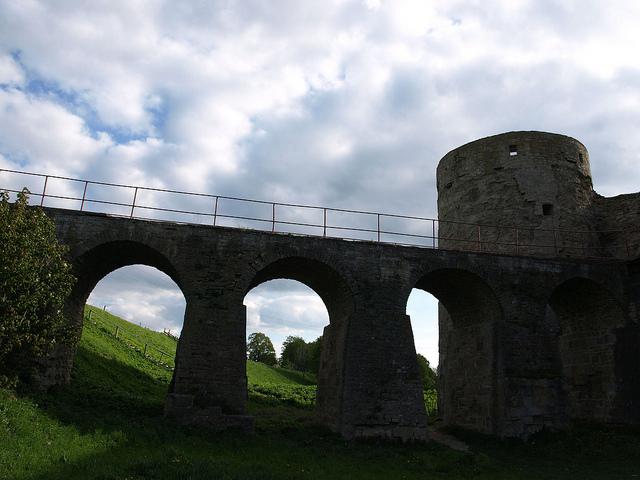Curious tourists can not miss Koporye - the fortress, which is a wonderful monument of Russian defensive architecture. It is located on the Izhora Upland in the Leningrad Region. Only twelve kilometers must be overcome south of the Gulf of Finland in order to be in front of a small platform on a rocky cape.
Koporye is an ancient fortress, although unknown to many. However, this is an amazing architectural work of the masters of our country. Throughout its history, the fortress was rebuilt several times, changed owners, passed from hand to hand as a trophy. Today it is practically not being restored, which allowed the building to preserve its pristine architecture, the special atmosphere of a romantic distant Middle Ages.
History and Modernity
Koporye (fortress) was founded in the thirteenth century. On the lands of the Vod tribe, which paid tribute to Veliky Novgorod, there was a small churchyard. It was burned in 1240 by the knights of the Livonian Order, who went on a campaign in order to capture new territories. At this place they built a small wooden fortress, which was then recaptured by the army of Alexander Nevsky. His son Dmitry, who inherited the throne, ordered the construction of a more reliable structure to protect the borders. Therefore, according to the Novgorod annals, Koporye - the fortress - appeared on the map in 1279. At first, the fortifications were made of wood, and a year later they were built of stone.

However, the fortress of Dmitry was destroyed during the reign of his brother Andrew. By the end of the thirteenth century, it was rebuilt again, since the threat of foreign capture was aggravated. This building stood up to the fifteenth century. Koporye (fortress) lost its significance with the construction of a new stronghold - the Yam on the Luga River. The population was constantly decreasing, and so it continued until the territory became part of the Moscow principality. Koporye was thoroughly rebuilt: the terrain features and the development of firearms were taken into account. They even attracted foreign masters to work.
In the sixteenth and eighteenth centuries, the fortress became a repeated battlefield between the Russian troops and the Swedish. The fortification was in the power of one or the other, the opponents did what they tried to regain it. However, it remained at the disposal of the Russian Empire. Catherine II excluded Koporye from the fortresses, but forbade him to take it apart. Only in the twentieth century battles unfolded here: between the Red Army and the White Guard, and then between the Soviet troops and the Nazis. In the eighties of the last century, historians drew the attention of the authorities to a monument of architecture, therefore, conservation and conservation work began here. And in 2001, the fortress received the status of a museum, which is open daily.
How to get there
Koporye fortress can be visited by everyone. The optimal route lies through St. Petersburg. An electric train leaving from the Baltic Station will take you to Kalishche station, and then you need to transfer to a minibus. You can also go by road along Tallinn, Peterhof or Gostilitsky highway.